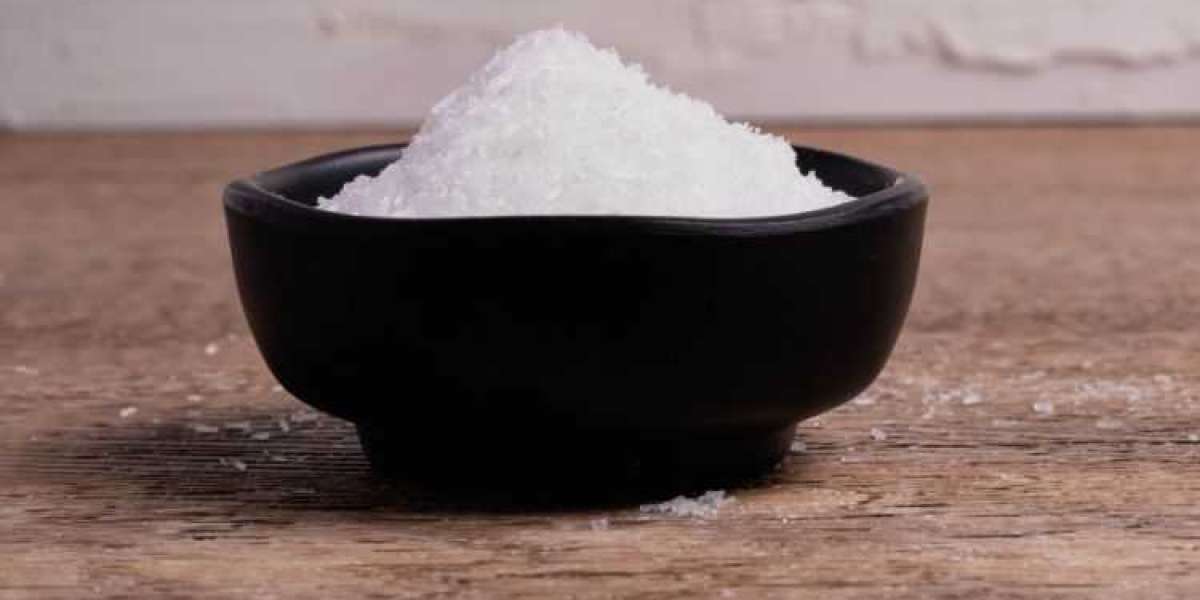The global monosodium glutamate market size is expected to grow at a CAGR of 4% in the forecast period of 2024-2032. This significant growth reflects the increasing demand for flavor enhancers in the food and beverage industry. However, alongside this growth lies a persistent cloud of misinformation surrounding monosodium glutamate (MSG). This blog post aims to cut through the myths and misconceptions, providing you with accurate information about MSG and its health effects.
I. Introduction
A. What is MSG?
Monosodium glutamate, commonly known as MSG, is the sodium salt of glutamic acid, a naturally occurring non-essential amino acid found in many foods like tomatoes, cheese, and mushrooms. MSG is a popular flavor enhancer, commonly used in Asian cuisine to bring out the savory, umami taste.
B. MSG: A Controversial History
MSG has been used as a flavor enhancer for over a century. However, in the 1960s, anecdotal reports surfaced linking MSG to headaches and other adverse reactions, a phenomenon dubbed the "Chinese Restaurant Syndrome." Despite a lack of scientific evidence, this misconception has persisted, impacting consumer perception of MSG.
C. Dispelling the Myths: The Purpose of This Blog Post
This blog post aims to provide accurate and science-based information about MSG. We will explore the safety of MSG, debunk common myths, and even delve into potential health benefits associated with its use.
II. Understanding MSG
A. The Power of Umami: MSG as a Flavor Enhancer
MSG enhances the savory, umami taste present in various foods. Our taste buds have specific receptors for umami, alongside sweet, sour, salty, and bitter. MSG binds to these receptors, intensifying the natural savory flavors in food, leading to a more enjoyable eating experience.
B. A Culinary Journey Through Time: MSG in Food
For centuries, cultures worldwide have used natural sources rich in glutamates to enhance flavors. From using seaweed in Japanese cuisine to kombu in Korean broths, these traditional ingredients achieve a similar effect as MSG. The development of MSG in the early 20th century simply offered a more concentrated and readily available form of the same taste enhancer.
C. Myths Debunked: Common Misconceptions About MSG
Many misconceptions surround MSG. Here are a few of the most prevalent ones:
Myth: MSG is a chemical.
Fact: MSG is derived from a naturally occurring amino acid present in many foods.
Myth: MSG is addictive.
Fact: There is no scientific evidence to support the claim that MSG is addictive.
Myth: MSG causes cancer and other serious health problems.
Fact: Numerous scientific studies have concluded that MSG is safe for consumption when used within recommended levels.
III. Safety of MSG: The Science Weighs In
A. Scientific Research and MSG Safety
Extensive research has been conducted on the safety of MSG. Major regulatory bodies like the Joint FAO/WHO Expert Committee on Food Additives (JECFA) and the US Food and Drug Administration (FDA) have thoroughly reviewed scientific studies and declared MSG safe for consumption when used within acceptable daily intake levels.
B. Regulatory Approvals: The Stamp of Safety
Regulatory approvals from reputable health organizations further solidify the safety of MSG. JECFA has established an Acceptable Daily Intake (ADI) for MSG, which is the amount a person can safely consume daily throughout their lifetime. Similarly, the FDA considers MSG "generally recognized as safe" (GRAS) for its intended use as a flavor enhancer.
C. Safe and Savory: The Verdict on MSG Consumption
Scientific research and regulatory approvals overwhelmingly point towards the safety of MSG consumption within recommended levels. While some people may experience mild, short-lived symptoms like headaches after consuming large amounts of MSG, these reactions are not widespread and can be triggered by other food components as well.
IV. Debunking Myths: Separating Fact from Fiction
A. Myth Busters: Addressing Specific Concerns about MSG
Here's a closer look at some of the most common myths associated with MSG:
- Myth: MSG causes headaches and other adverse reactions.
Extensive research suggests that MSG does not cause headaches in most people. However, some individuals with sensitivities may experience short-term, mild reactions like headaches, dizziness, or numbness after consuming very large quantities of MSG, exceeding typical intake levels.
- Myth: MSG is addictive.
There is no scientific evidence to support the claim that MSG is addictive. The pleasurable taste MSG enhances comes from its ability to activate umami receptors, a natural taste sensation, not from any addictive properties.
- Myth: MSG is harmful to children.
Major health organizations like the American Academy of Pediatrics (AAP) consider MSG safe for consumption by children when used within recommended levels.
B. Building Trust: The Importance of Transparency
Transparency and clear labeling are crucial to building consumer trust regarding MSG. Food manufacturers should clearly list MSG as an ingredient on product labels, allowing consumers to make informed choices.








